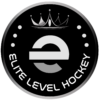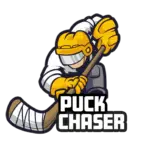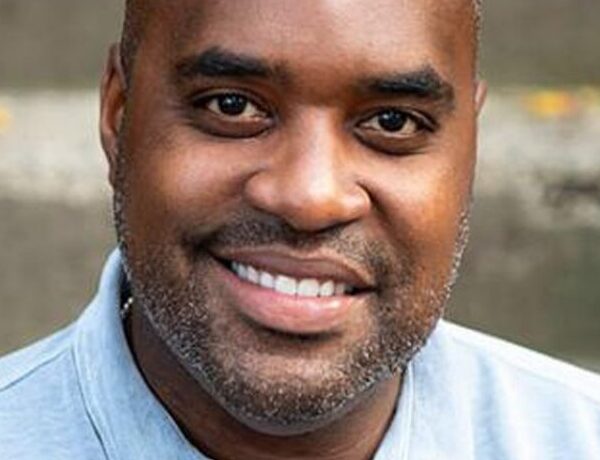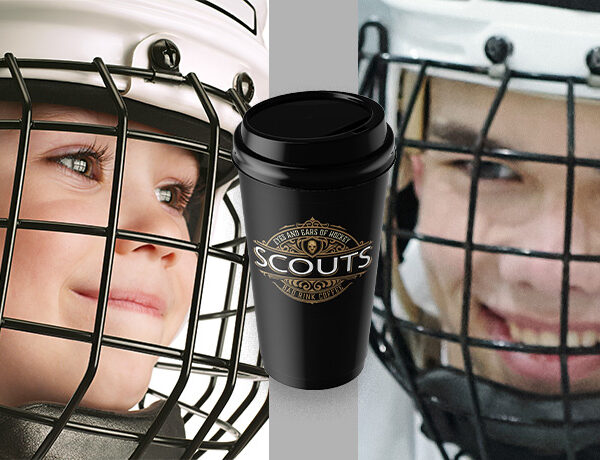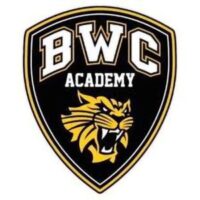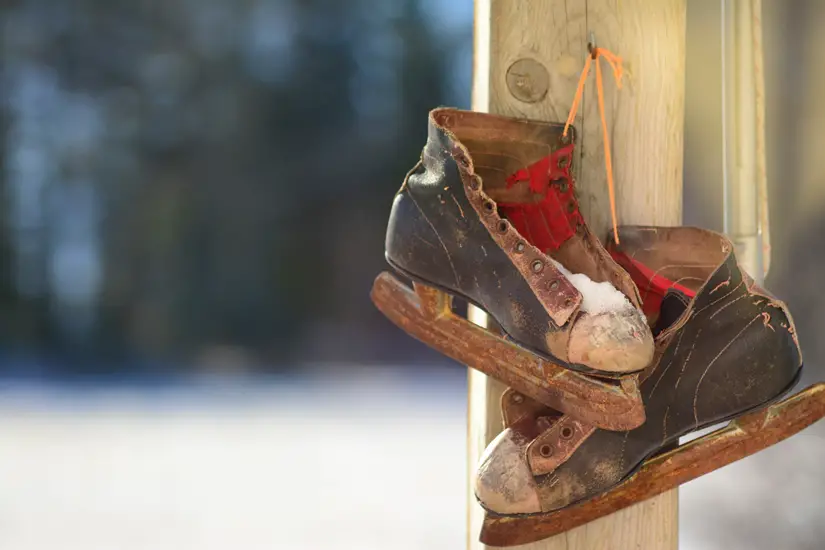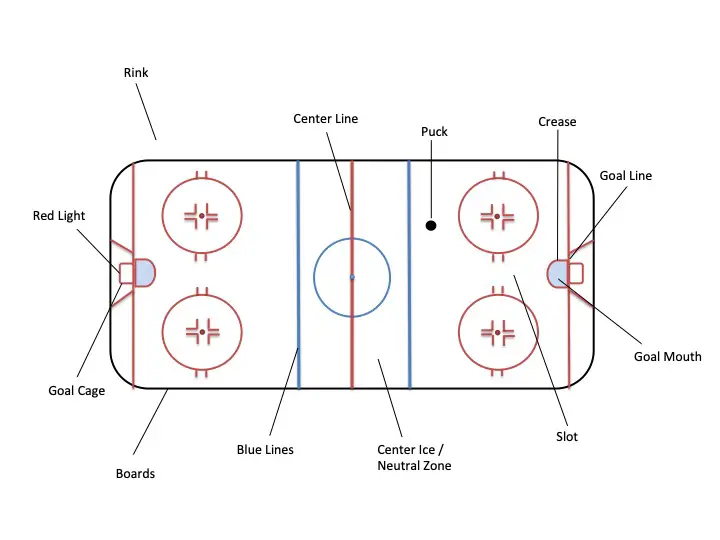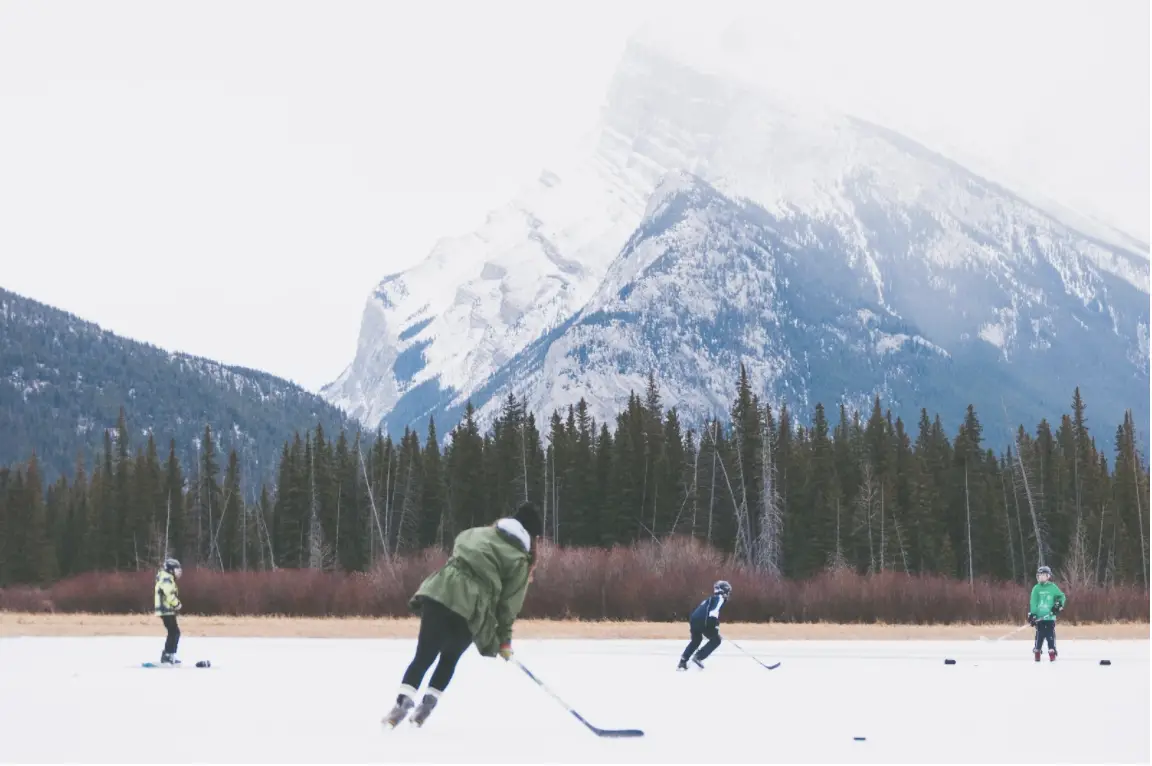Pasta night is a common staple in most homes, especially ones with hectic sports schedules. Pasta is fast and convenient. But, aside from essential carbohydrates, it nutritionally offers little else. Which means many of our athletes are hungry again soon.
Unlike adult athletes, carb-loading isn’t effective for youth/teen athletes. While their bodies can hold a sufficient amount of carbohydrates, because of growth and activity, they need to be replenished frequently. But, we also don’t want our growing athletes eating us out of house and home because they’re hungry every five minutes!
Take pasta night (and their game) to a new level with chickpea pasta.
While some “healthy” pasta alternatives have a noticeably different taste and texture than traditional dried pasta, chickpea pasta doesn’t. It also has the same cooking time and comes in a variety of shapes like standard dried pasta so it’s a convenient switch or addition.
What is different, though, is its nutritional value. Chickpea pasta is a good source of fiber (digestive health and filling), iron (energy and endurance), and potassium (muscle health and recovery).
Additionally, chickpea pasta contains eight of the nine essential amino acids that the body has to get through food, which also makes it a great option for school and practice when there’s limited refrigeration … or for those nights when the chicken didn’t defrost in time.
Particular eaters in the house? Since chickpea pasta has the same taste and texture as typical dried pasta brands, making the transition to the nutrient-dense option is simple. Concerned that they’ll still notice a difference? Start small and replace some of the noodles in their favorite dishes with same shaped chickpea noodles.
Take it to practice or school
Add hot dishes to a thermos for the car ride (save some for the way home to fuel that glycogen window!) or add diced veggies and parmesan to a cold pasta salad in an insulated bag.
So, what’s the catch? Cost. Though price varies between grocery stores, chickpea pasta is definitely more expensive than traditional dried pasta.
To make it more cost effective, mix your typical brand with chickpea pasta noodles to increase nutritional benefits. Also, if you’re also using the pasta as a protein source, minimizing/eliminating animal protein in your recipe could make the meal cost the same or less than usual.
Looking for more quick meal and snack ideas? Want to know more ways to level up favorite foods? Find more answers on RockPerformance.net.
The post THIS Pasta is Perfect For Hockey Families appeared first on Elite Level Hockey.
